How Carbide for Woodworking is More Durable than Traditional Steel Tools
Imagine slicing through wood effortlessly, again and again, without worrying about dulling or chipping. That’s the magic of твёрдосплавные инструменты. Unlike traditional steel tools, carbide—a compound of carbon and tungsten—is incredibly hard and resistant to wear.
Why is carbide more durable?
Steel tools, though versatile, are prone to dulling and corrosion over time. Carbide, on the other hand, offers superior hardness (often rated 2-3 times harder than steel). This hardness translates to:
- Увеличение срока службы инструмента: Carbide tools can outlast steel tools by up to 20 times under proper use.
- Resistance to heat and abrasion: Perfect for high-speed applications where heat build-up can be a concern.
- Consistent performance: Carbide maintains its edge longer, ensuring smoother cuts.
Think of it this way: if steel is like a reliable sedan, carbide is the high-performance sports car of the woodworking world.
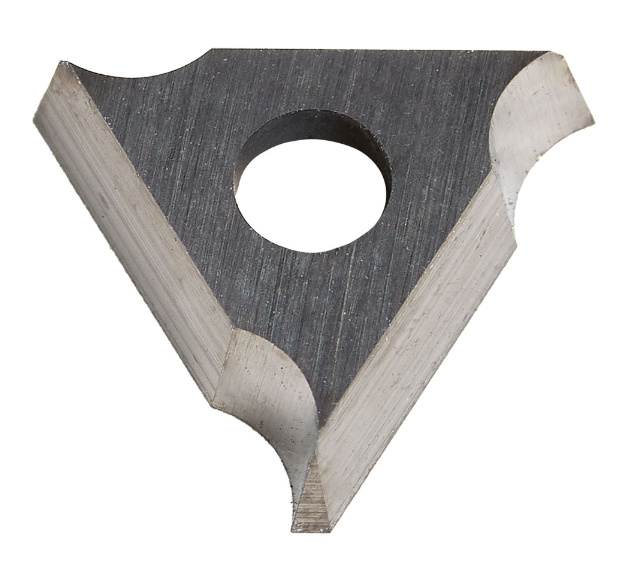
Advantages of Carbide for Woodworking in Complex or Repetitive Cutting Tasks
Carbide tools shine when it comes to tackling challenging woodworking tasks. Have you ever struggled with tools dulling halfway through a project? Or felt frustrated with uneven cuts? Carbide can change that.
What makes carbide ideal for complex tasks?
- Точность: Carbide tools are designed to hold a sharp edge, delivering cleaner, more accurate cuts.
- Repetitive tasks: Whether cutting hundreds of identical pieces or routing intricate designs, carbide tools maintain their sharpness, reducing downtime for sharpening.
- Tough materials: Carbide effortlessly handles hardwoods, MDF, and even exotic woods that would quickly wear down steel tools.
Using carbide tools is like having a consistent, reliable partner—no surprises, just seamless performance.
Carbide for Woodworking is Suitable for Various Materials
Carbide tools are versatile enough to work on a range of materials. Let’s explore their applications:
| Материал | Suitability | Преимущества |
|---|---|---|
| Hardwood | Отличный | Precise cuts, long tool life |
| Softwood | Great | Reduced splintering |
| Plywood | Отличный | Handles layers without tearing |
| MDF | Отличный | Handles dense fibers efficiently |
| Exotic woods | Great | Durable against high-density woods |


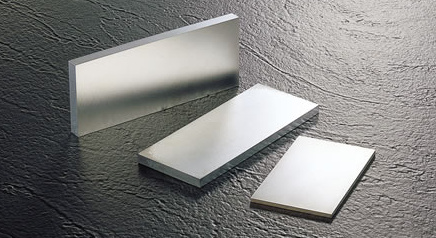
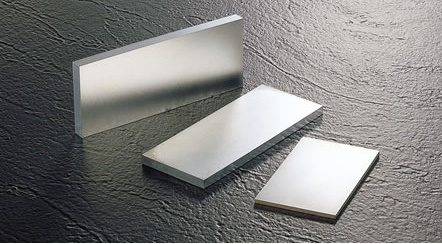
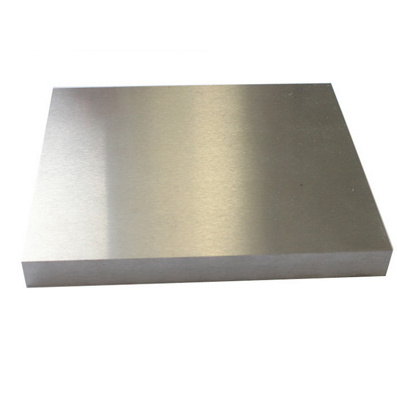
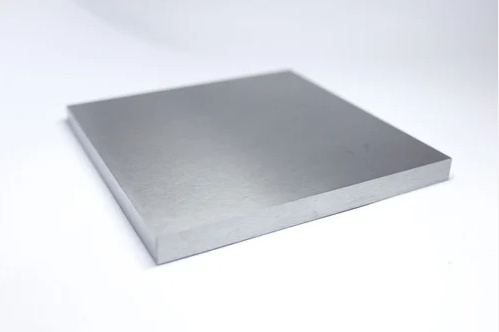
Detailed Descriptions of Various Carbide Tools
Carbide isn’t a one-size-fits-all solution. There’s a range of tools tailored for specific woodworking tasks. Here are the top 10 carbide tool types:
1. Carbide Router Bits
Perfect for shaping edges or creating grooves, carbide router bits offer precision and durability. Available in straight, flush trim, and round-over designs.
2. Carbide Saw Blades
Known for their sharpness and longevity, these blades cut through wood like butter. They’re ideal for circular and miter saws.
3. Carbide Drill Bits
Whether boring holes in hardwood or MDF, carbide drill bits ensure clean, accurate results.
4. Carbide Lathe Tools
For turning wood on a lathe, these tools provide smooth finishes and consistent performance.
5. Carbide Planer Blades
Say goodbye to rough, uneven surfaces. Carbide planer blades deliver smooth, even finishes on wood.
6. Carbide Spiral Bits
Great for plunge cuts and dadoes, these bits combine precision and durability.
7. Carbide Scraper Blades
Ideal for removing glue, paint, or rough spots from wood surfaces.
8. Carbide Tipped Chisels
Perfect for detailed carving and sculpting, these chisels stay sharp for extended periods.
9. Carbide Burrs
Used for shaping, deburring, or finishing wood, carbide burrs excel in intricate work.
10. Carbide End Mills
Popular in CNC woodworking, carbide end mills offer unmatched precision for detailed projects.
How to Choose the Appropriate Carbide for Woodworking
Choosing the right carbide tool can feel overwhelming. But here’s the trick: match the tool to the task and material. Let’s break it down:
Consider the wood type
- Hardwood: Opt for carbide-tipped saw blades or router bits.
- Softwood: General-purpose carbide tools work well.
- Plywood/MDF: Spiral bits or saw blades handle layers without tearing.
Match the tool to the task
- Fine detailing: Carbide burrs or chisels.
- Высокоскоростная резка: Spiral bits or saw blades.
- Precision drilling: Carbide-tipped drill bits.
Look for quality indicators
- Tungsten percentage: Higher is better.
- Coatings: Titanium-coated carbide offers extra durability.
Comparing Materials: Steel, Titanium, and Carbide
| Материал | Преимущества | Недостатки |
|---|---|---|
| Сталь | Affordable, versatile | Dulls quickly, prone to corrosion |
| Титан | Легкий, устойчивый к коррозии | Less durable than carbide |
| Твердый сплав | Ultra-durable, heat-resistant | Более высокая первоначальная стоимость |
Things to Note When Purchasing Carbide for Woodworking
What should you watch for?
- Качество: Check for reputable brands and manufacturing standards.
- Совместимость: Ensure the tool fits your equipment.
- Назначение: Choose the right tool for the job.
Buying carbide tools is like investing in a premium appliance—the upfront cost pays off with better performance and longevity.
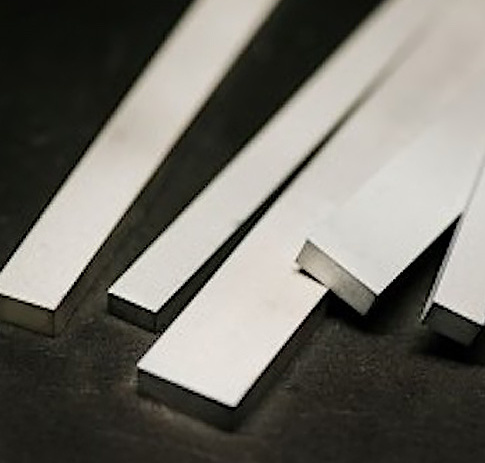
Comparing Advantages and Limitations of Carbide for Woodworking
| Характеристика | Carbide Advantage | Ограничение |
|---|---|---|
| Долговечность | Долговечность, устойчивость к износу | Более высокая стоимость |
| Точность | Cleaner cuts, less tear-out | Requires proper handling |
| Теплостойкость | Ideal for high-speed tasks | Brittle if mishandled |
ЧАСТО ЗАДАВАЕМЫЕ ВОПРОСЫ
| Вопрос | Ответить |
|---|---|
| What is carbide? | A compound of tungsten and carbon known for its hardness and durability. |
| Why choose carbide over steel? | Carbide lasts longer, resists heat, and provides cleaner cuts. |
| Can carbide tools cut hardwood? | Yes, they excel at cutting hardwood and other tough materials. |
| Стоят ли твердосплавные инструменты своих денег? | Absolutely, their longevity and performance justify the investment. |
| Как ухаживать за инструментами из твердого сплава? | Regular cleaning and proper storage can extend their life. |


